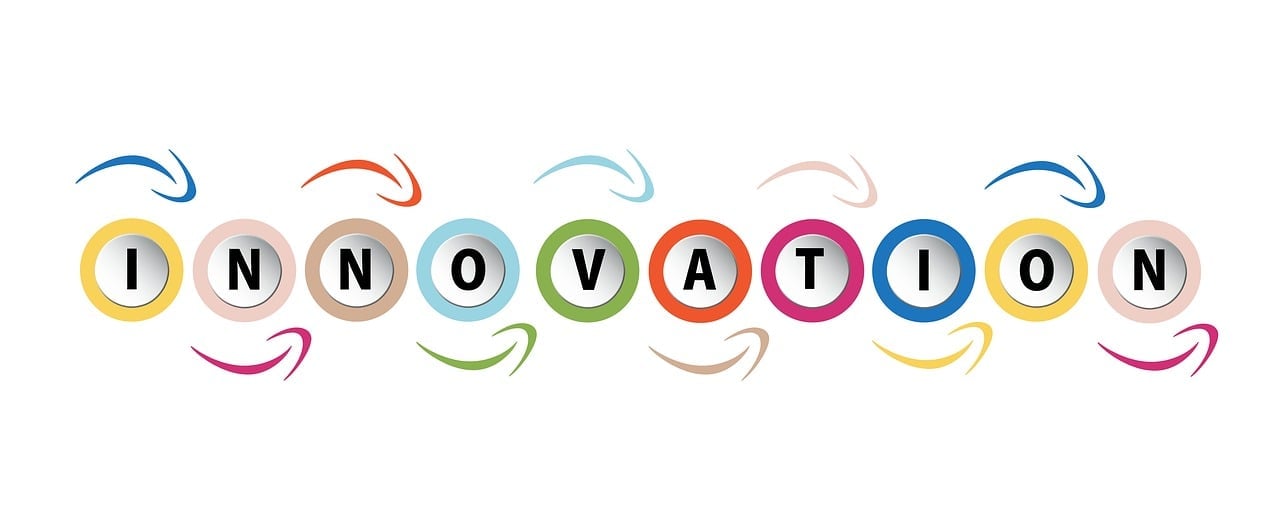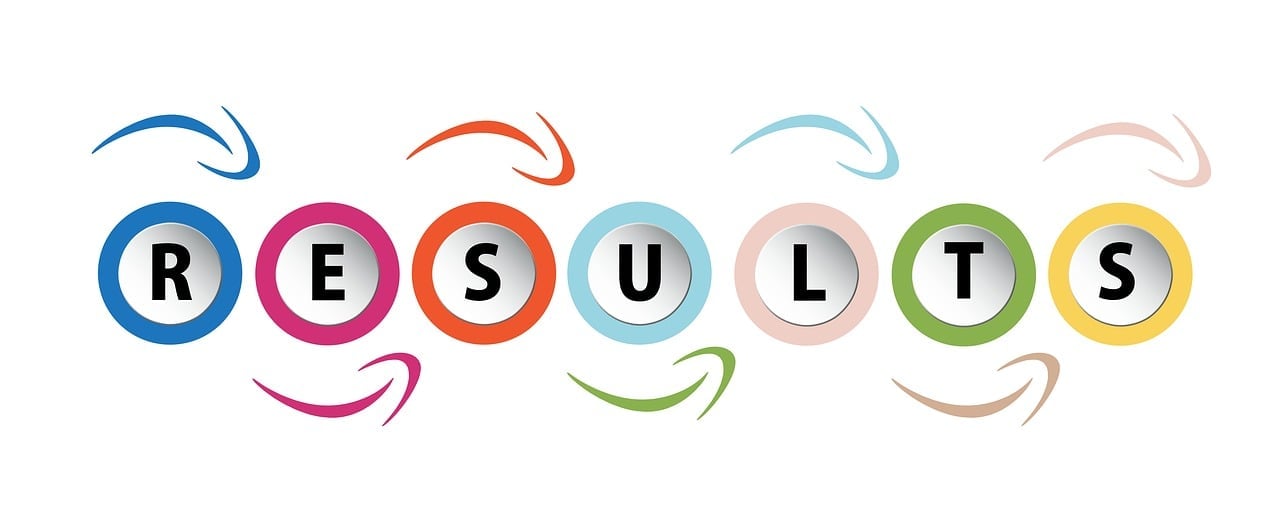Leadership Selection Retention - Questions & Answers
More than 1,150 HR executives, talent managers and CEO's registered for the Lumenii Leadership in Talent Selection and Retention webinar. Here are the key FAQs from the audience and the answers from the experts.
Table of Contents - Leadership in Selection and Retention
Talent Retention in the Modern Workplace
Q: A lot of research claims that people leave managers, not companies. What levers can we pull to engage our leaders in what their staffs unique needs and wants are?
Leaders should participate actively in all aspects of talent management rather than perceive talent management to be the domain of HR. While the leader's role in performance management may be fairly obvious, other aspects of talent management may be neglected.
Leaders have a critical role to play in, firstly, determining the role requirements, then identifying the potential incumbent that has the best role and organisational fit. The logical extension of performance management is of course development. This is an ideal opportunity for the leader in his/her role as the coach to become familiar with the employees' strengths, limitations, goals and aspirations. Regular career conversations that are structured as part of performance management also provide invaluable information for succession planning.
Q: What specific leadership qualities are most effective in identifying and retaining top talent, and how can these qualities be nurtured to create a culture that attracts and retains high-performing employees? Additionally, what strategies can leaders employ to ensure they are selecting candidates with the right fit for their organisation, and what role does diversity and inclusion play in this process?
Over the years there have been many models and definitions of leadership. We have seen that different leadership approaches are required in different contexts.
Most recently it has been demonstrated that Learning Agility is the best predictor of leadership success. In addition, it is not sufficient for individual leaders to be agile to ensure superior organisational performance, but agile leadership has to be practised to build an agile organisation. Research also demonstrates that the best performing teams are the ones with the highest overall Learning Agility. There is also evidence that selection based on agility contributes to building a more diverse workforce.
However, none of the above matters if the leader is not committed to objectively identifying the best candidates in terms of both role and organisational fit.

Q: Some organisations are really big on compensating their staff well, looking after them by ensuring they have the correct benefits to maintain their retention level. What advice do you have for the organisations that compensate well to a certain extent but could possibly lack in the benefits area but are also pushing to maintain their retention level? Also how important would you say it is to be compensating well and ensuring that you have good benefits based on how businesses are operating post pandemic and the overall impact the pandemic had on the various industries?
It is important to remember that not everyone is driven by financial rewards. While it is important to ensure that employees are compensated fairly and can take care of their basic needs, using financial reward as the primary motivator may put the organisation in danger of becoming purely performance focused.
While it makes it easier to attract talent, a purely reward driven approach is likely to alienate some, prompting them to seek a more acceptable environment. Why not ask employees what drives them? Culture surveys not only provide insight into what employees want but also how the organisation is currently being perceived.
Q: Does organisation culture determine talent retention? How does an organisation develop a culture? Can it be revised like we do with policies?
Yes, culture very much helps to determine talent retention, especially the degree to which the organisation's values align with the individual's values. Also, whether the organisation's values are being reflected in what actually happens on the ground.
Culture stems from the people in senior roles who drive how people are managed and what agenda is being pursued. HR can offer guiding principles, but culture ultimately depends on everyone's behavior. Policies are the foundation in that they can offer a framework, but ultimately they are not sufficient; it is day-to-day action that drives culture. For example, a policy on diversity and inclusivity is not enough if senior leaders are not practicing inclusivity in their behavior.
Q: How are you competing against international markets for talent?
International competition has really increased since COVID and the increase in popularity of remote working. We've seen examples from clients where South African talent is being poached by Australia, which in turn is being poached by the UK, as the next viable English speaking talent pools.
It's a multi-faceted issue indeed. We recently worked with an organisation experiencing a very similar issue that was impacting on talent selection (getting the right talent through the door) as well as retention (getting talent to stay). We helped to guide them through this issue by designing a customised engagement survey, that provided feedback on 1) employees' perceptions of the organisation, 2) what is important to keep them engaged, and 3) the factors the organisation needs to work on to build employee retention. With this company specific feedback, programmes can be put into place that are highly targeted, and of course feedback can be tracked over time.

Agility and Why It's Important in Talent Selection
Q: I find that the low levels of agility in leadership causes major frustrations, conflict and ultimately talent retention. Which assessments can be used to assess leadership agility?
Leaders often want to create an agile culture and an agile organisation, without being sufficiently agile themselves to help drive this change.
We measure Leadership Agility via the original five dimension model of Agility put forward by Eichinger and Lombardo. This provides an overall score for Agility, as well as five sub-scores which give further insight into a person's agility and learning styles. It can be measured via psychometric assessments, and 360-degree feedback perspectives can be added for development contexts. Click here to learn more and test your own Agility.

Measurement and Selection of Talent
Q: The data-driven approach used by Lumenii and other companies seem to be more focused on skilled workers. How would we use a data-driven approach for blue collar employees, for example?
The bottom line is that when we look at a data-driven approach, we're looking at measuring underlying psychological data that relates to people and not to jobs. We relate the data to a job in particular but it doesn't matter who you are, it doesn't matter what level of work you're doing, it doesn't matter which country you're from. At the end of the day, we've all got underlying personalities, we've got underlying drives. We also make sure that when we measure cognitive ability, that it is independent of the level of education, it's independent of role, it's independent of blue or white collar.
All of our assessments at Lumenii are validated against different demographic groups to ensure their fairness and equity, including education level, ethnicity, language, gender, job level, etc.
Once we have data on a particular person, if you know what job they're doing, we can use that data to make inferences about how they're going to perform in the particular role. Data is agnostic to the role, it just depends on how we use it in making decisions.
Q: How relevant are psychometric tests in the recruitment process, especially when some of the test questions are based on current work situations and so many employees are caught up in toxic work situations?
This is a very important question that needs to be raised, especially given the great resignation and the fact that many people may be wanting to change their work situation.
Properly structured psychometric tests are designed to provide insight into stable constructs that don't easily change over time, for example personality. The design of the questions is such that they are not influenced by normal, day-to-day stressors, but rather that they focus on the more enduring, innate traits of individuals.
However, there is an exception to this, which is an acute stressor that could impact on someone's ability to concentrate, for example a car accident the morning of taking a test.
In summary, we believe they are still very relevant, but the test taker should be debriefed before and after taking the tests, making sure that they observed test conditions. Additionally, we only use psychometric tests as one part of the decision making puzzle.

Q: How transparent should data be displayed within the organisation?
Openly sharing results and insights obtained from data is essential for organisational transparency. However, I think it is crucial to share only the information necessary for the organisation to be informed and for employees to feel seen, heard, valued, and included. When sharing information, it is also necessary to exercise caution and avoid oversharing data that could potentially harm the organisation, such as information that may lower employee morale etc. The answer to these questions may, however, differ depending on the organisation of the question.
Ultimately, all data sharing should be governed by policies that are put forward and signed-off on by leadership, to ensure a fair, equitable process which is defensible.
Q: What is the most effective recruitment strategy for hiring senior roles?
We of course always endorse the central role of objective data. A comprehensive perspective is important for hiring senior positions. Competency alignment with the role, cognitive ability, and learning agility are all critical factors. Learning agility is increasingly measured for senior appointments because of the need to adapt to new experiences, strategies, and technologies. High learning agility allows for letting go of old ways and engaging with new ones, making it a critical factor for high potential seniors.
Hiring a senior individual is distinct from an entry-level position as they will shape the organisation. Selection criteria should focus on individuals who align with the mission and strategy and drive the organisation in the desired direction. It's essential to consider not only skills but also the traits of the individual selected.
Q: What is a good cost effective, objective tool for screening down large volumes of applicants?
With new technology, assessments and talent measurement has increasingly shifted to a fixed-cost model. This shift has the potential to revolutionise the way we handle our recruitment process, as we no longer have to worry about per-person costs.
At Lumenii, we promote two fixed-cost solutions to our clients, each of which has unique benefits and use cases. One is specifically designed to assess all applicants with minimal admin and screen down large volumes, while being highly cost-effective.


Author
Lumenii's team of expert psychologists regularly collaborate to share their ideas and knowledge. The latest case studies, thought leadership, and research.